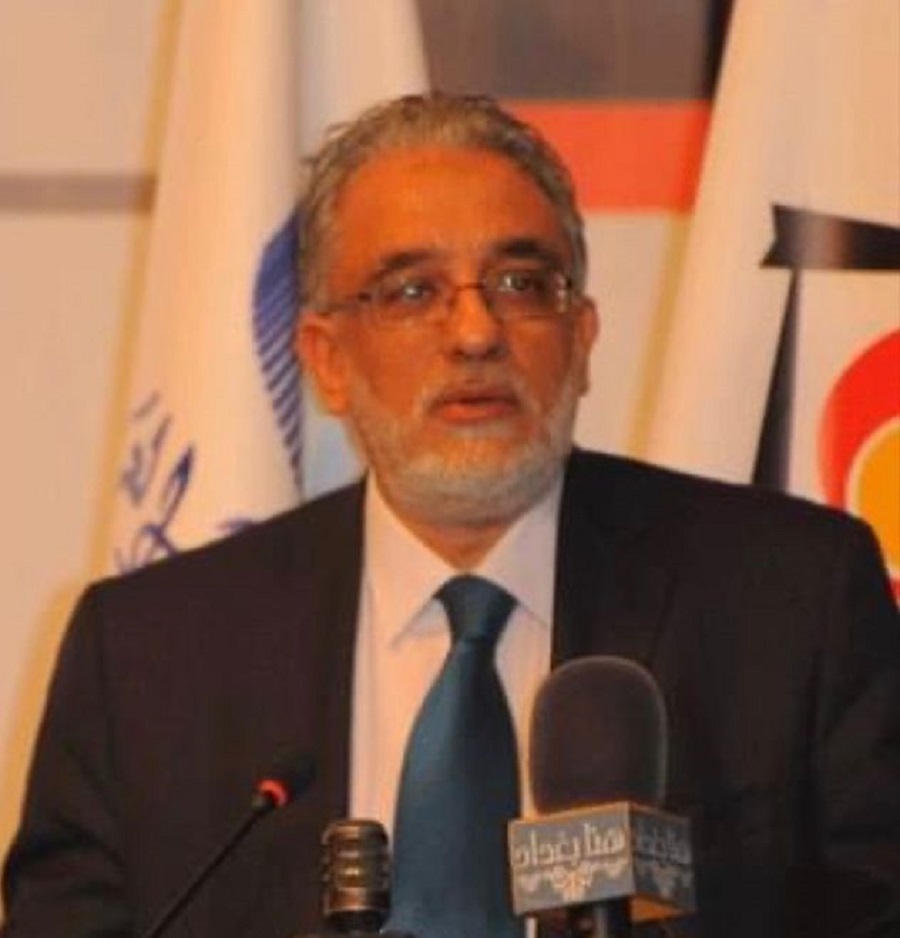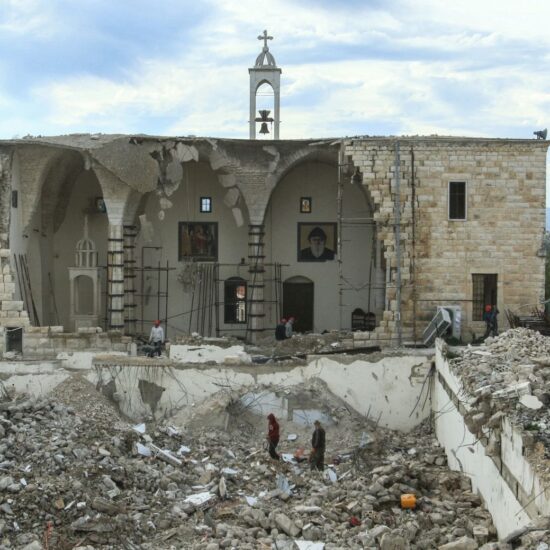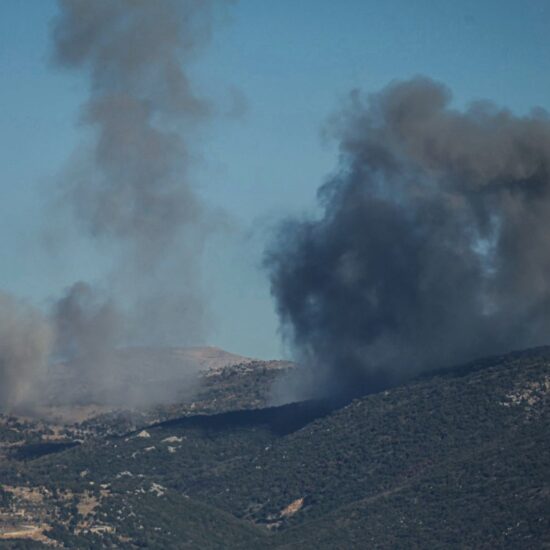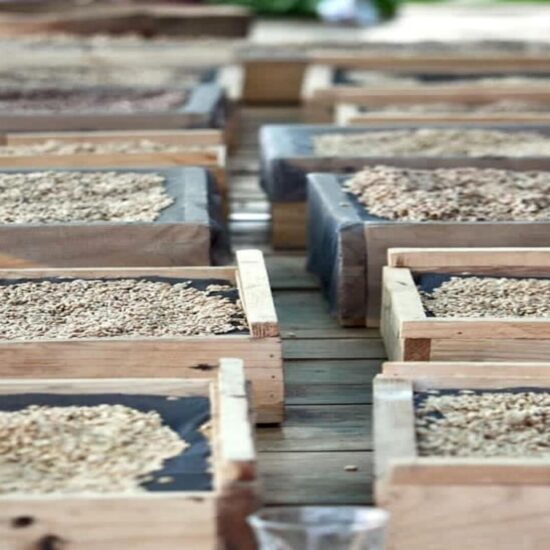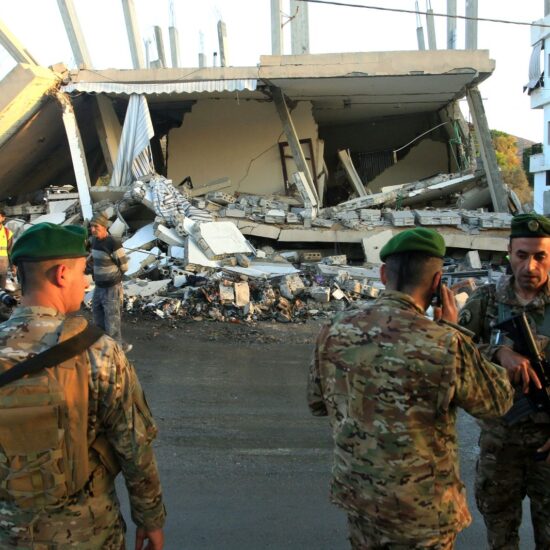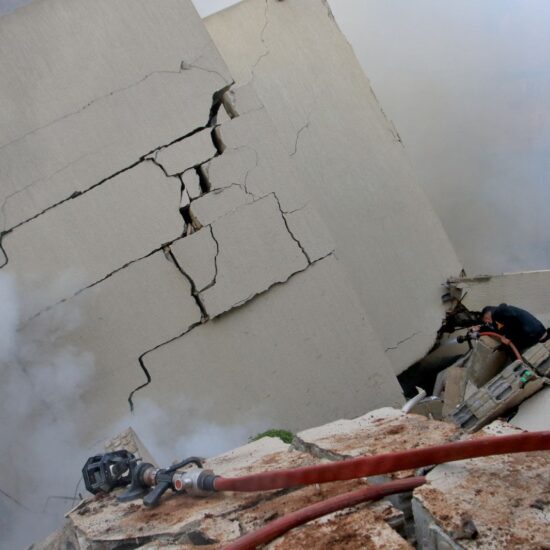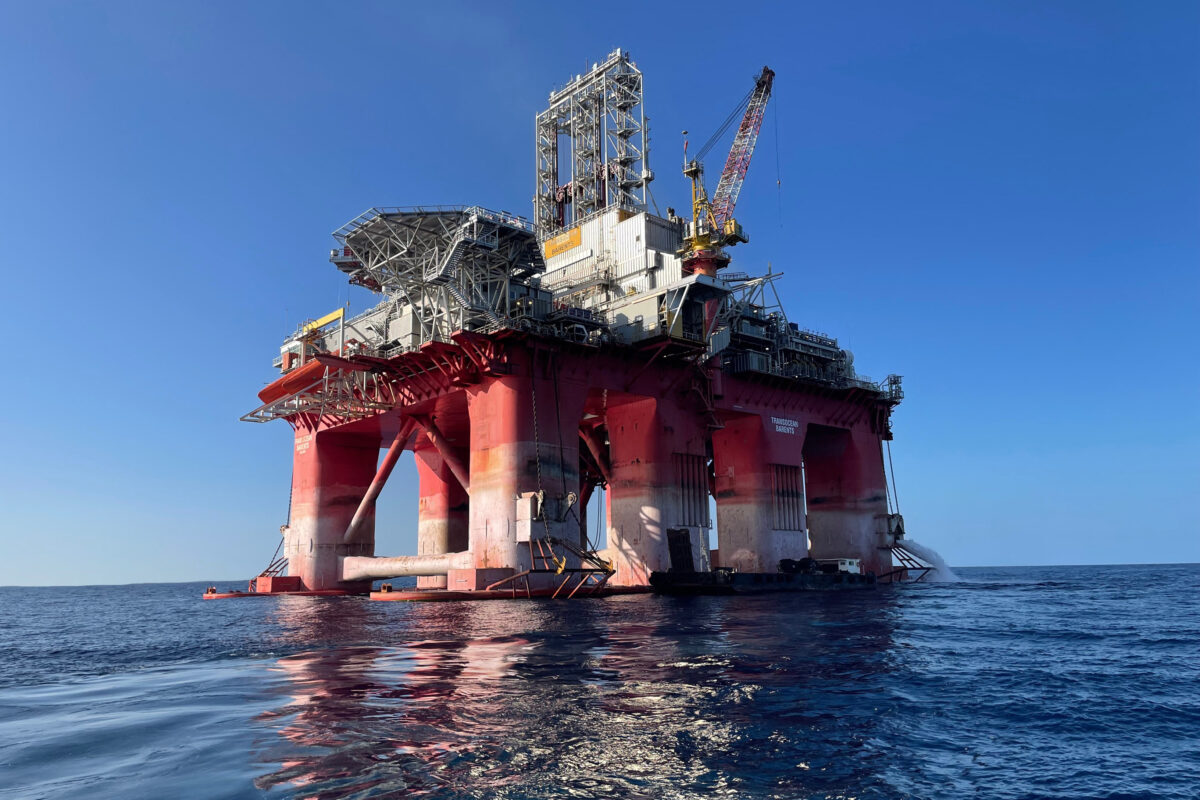
Despite dry wells in Lebanon’s Block 9, reports and data suggest further opportunities for exploration
Total Energies’ recent decision to halt drilling in Lebanon’s Block 9, located in the south of the exclusive economic zone (EEZ), has stirred confusion. The Petroleum Sector Authority’s announcement of drilling results further contributed to the uncertainty with vague and indecisive statements, reflecting a lack of clarity about the outcome. The consortium, led by France’s Total Energies and including Italian giant ENI and Qatar Energy, remained silent on the matter. Qatar Energy and Eni did not promptly respond to Reuters’ request for comments.
Lebanon’s government estimated potential natural gas reserves of 25 trillion cubic feet (Tcf) or more in its offshore territory, but this figure remains speculative until more exploration occurs. According to authoritative MEES, the highly anticipated Qana prospect offshore Lebanon failed, denting Beirut’s hopes for gas riches. ENI has now shifted its attention to Egypt and Cyprus. Lebanon’s aspiration to join Egypt and Israel as an East Med gas producer suffered a severe setback with the dry outcome of the Qana 31/1 well just north of the maritime border with Israel, as confirmed by the Lebanese Petroleum Administration (LPA) on October 19.
NOWLEBANON sources suggest that Total Energies’ decision to cease drilling was made by its subcontractor, “Halliburton Oil,” an American company that determined only remnants of gas were present. This decision was taken in the same week as the “Aqsa Deluge,” the conflict between Hamas and Israel in Gaza, raising questions about potential political influence rather than genuine non-gas findings. Even the minister was not alerted, only officials in the ministry were informed. The relationship between the “Aqsa Deluge” and the operation in the Lebanese Exclusive Zone (LEZ) remains uncertain.
If a significant reserve had been discovered in Qana, it would have solidified the consortium’s geopolitical position in the region. Successful drilling would have allowed the Italian firm to consider a tie-back to its 21.5tcf Zohr field on the Egyptian side of the maritime border and to the Zohr onshore facilities at Port Said. Additionally, Lebanon had hoped that gas and oil discoveries would help alleviate a crippling economic crisis. The drilling became possible after the United States mediated a deal establishing a maritime border between Lebanese and Israeli waters for the first time. A mechanism for the consortium to exploit possible discoveries south of Block 9 beyond that border was established. This exploitation would benefit Lebanon, with a royalties system set up for Israel. The financial challenges in Lebanon include a double electricity bill, expensive debt from the electricity utility, and high losses in electricity production. Between 2010 and 2020, Lebanon spent an average of $4.5 billion annually on fuel imports. Amid the current financial crisis blamed on mismanagement and corruption, the Central Bank reportedly had around $15 billion in foreign reserves as of March 2021, a significant drop from over $30 billion before the crisis.
Works and Energy Committee
Simultaneously with the release of the “inconclusive” statement from the Petroleum Sector Authority (LPA), a session of the Works Committee convened Total Energies representatives. Despite invitations from Energy Minister Marwan Faiz and Deputy Sajee Atiya, they did not attend, leaving additional question marks about the negativity of the drilling results and uncertainty regarding the final report.
Lebanese officials did not disclose the reasons for the absence of Total Energies representatives from the Works and Energy Committee meeting to discuss the drilling results. According to a source from NOWLEBANON, it is customary for Total Energies not to speak before the official technical report is released. However, as reported by LBCI, Total Energies representatives received instructions from the French embassy to refrain from participating in the meeting for security reasons, given the condemnation in Lebanon of the French stance supporting Israel. On the other hand, the source believes that Total Energies representatives declined to participate in the session due to their reluctance to engage in discussions not based on scientific foundations and before the final technical report on the drilling results is issued.
The state of confusion is also attributed to the non-release of the final report that would clarify the drilling results, especially as no gas reserves were found, only gas remnants. This keeps hopes alive for the possibility of gas reserves in other wells. In simpler terms, while gas has not been found, traces suggest its presence somewhere, according to an industry source.
The TransOcean Barents initiated drilling in late August and was supposed to have preliminary results by the end of this month or in November. The decision to stop drilling at this point also added to the confusion. The TransOcean Barents rig represents the sixth generation of advanced drilling rigs, capable of operating at a water depth of 3,048 meters and a total depth of 9,144 meters. Notably, the planned well to be drilled in the Qana field does not exceed a water depth of 1,650 meters and a total of 4,400 meters.
Position of the Petroleum Sector Authority ( LPA)
Following the completion of drilling activities for the exploration well named “Kanat 1/31” in Block 9 in Lebanese waters by Total Energies, and subsequent to the collection of data and samples resulting from these activities, the Petroleum Sector Management Authority of the Ministry of Energy and Water issued a statement. While awaiting the detailed technical report prepared by Total Energies, the Authority highlighted that the well site’s selection in the Kanat Basin, an unexplored area, aimed to address two crucial questions for the future of exploration operations in Lebanese waters. This involves confirming or denying the presence of reservoirs and their types, especially in Lebanese waters, within a geological layer where no reservoirs have been discovered in the Eastern Mediterranean Basin.
An alternative approach involves assessing the similarity and extension of the geological layers in which gas discoveries have been made in the occupied Palestinian waters, comparing them with those in Lebanese waters, and confirming or denying the presence of gas reservoirs and their types. According to the Petroleum Sector Authority, the drilling successfully penetrated the targeted layers, confirming the presence of a high-quality reservoir containing gas in the Lebanese layer. Consequently, the discovery of this reservoir in the Kanat Basin necessitates an extensive study to gain a deeper understanding, allowing the mapping of this reservoir type across the Kanat Basin, Block 9, and its surrounding blocks. The goal is to identify locations of reservoirs that may contain hydrocarbon materials in commercial quantities.
An LPA statement affirmed that the geological layers where gas discoveries were made in the occupied Palestinian waters extend to the Lebanese waters. The presence of high-quality reservoirs containing traces of gas has been confirmed in the well’s location. In the coming months, the focus will shift to using the data and samples obtained from inside the well for more accurate modeling of the Kanat Basin. This aims to determine the geographical extent of the discovered reservoirs within it and in the surrounding areas. This effort is intended to enhance the success rate for future gas discoveries in the Kanat Basin and the surrounding areas, extending across several marine blocks.
New Hope?
Despite the absence of hydrocarbon materials in this well, the data and samples obtained offer new hope and positive information for the continuation of exploration operations in Block 9 and surrounding blocks. This development also provides an additional boost to exploration efforts in Lebanese waters. The Petroleum Sector Authority, in its statement, affirmed optimism for the upcoming stages despite the lack of gas in the well drilled in Block 9. However, the statement did not clarify the whereabouts of the drilling, specifically what to expect next.
Nevertheless, the lingering question remains: Will Total proceed to drill another well in the same block? An informed source suggests that Total is unlikely to make a decision on drilling another well at this time. They have ample time to make this decision until May 2025. However, the source notes that if the current security situation evolves unfavorably, continuing drilling may pose challenges.
Maan Barazy is an economist and founder and president of the National Council of Entrepreneurship and Innovation. He tweets @maanbarazy.
The views in this story reflect those of the author alone and do not necessarily reflect the beliefs of NOW.


